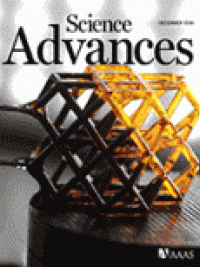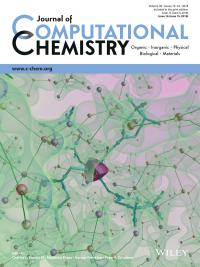We present a new class of architected materials called field responsive mechanical metamaterials (FRMMs) that exhibit dynamic control and on-the-fly tunability enabled by careful design and selection of both material composition and architecture.
Journal Covers
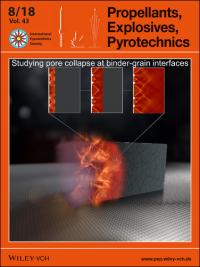
Modeling the effects of shock pressure and pore morphology on hot spot mechanisms in HMX
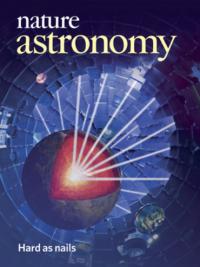
A team of researchers has provided the first experimentally based mass-radius relationship for a hypothetical pure iron planet at super-Earth core conditions.
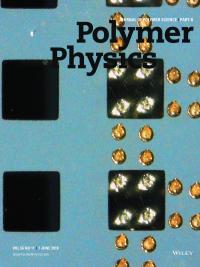
The research team characterizes the detailed shock response of several variations in a single base polymer.
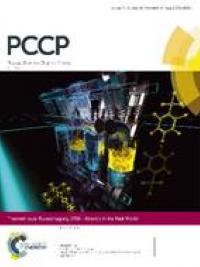
This paper traces the evolution of kinetic reaction mechanism models of combustion and the applications of those models to real engines.

Livermore researchers present an overview of recent progress in design, synthesis, and implementation of 3D carbon-based materials as electrodes for electrochemical capacitors.
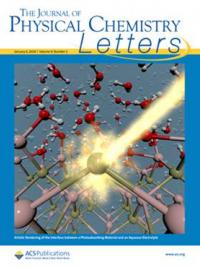
Livermore scientists have developed an integrated theory-experiment technique to interrogate chemistry at solid/liquid interfaces. Applications include studying photoelectrochemical hydrogen production.
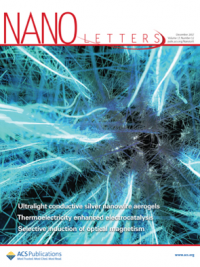
A Livermore–University of California Santa Cruz team report a new method for fabricating ultralight, conductive silver aerogel monoliths with predictable densities using silver nanowires.
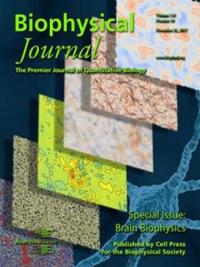
An article authored by a team of Lawrence Livermore National Laboratory scientists has characterized how different cell membranes behave.


